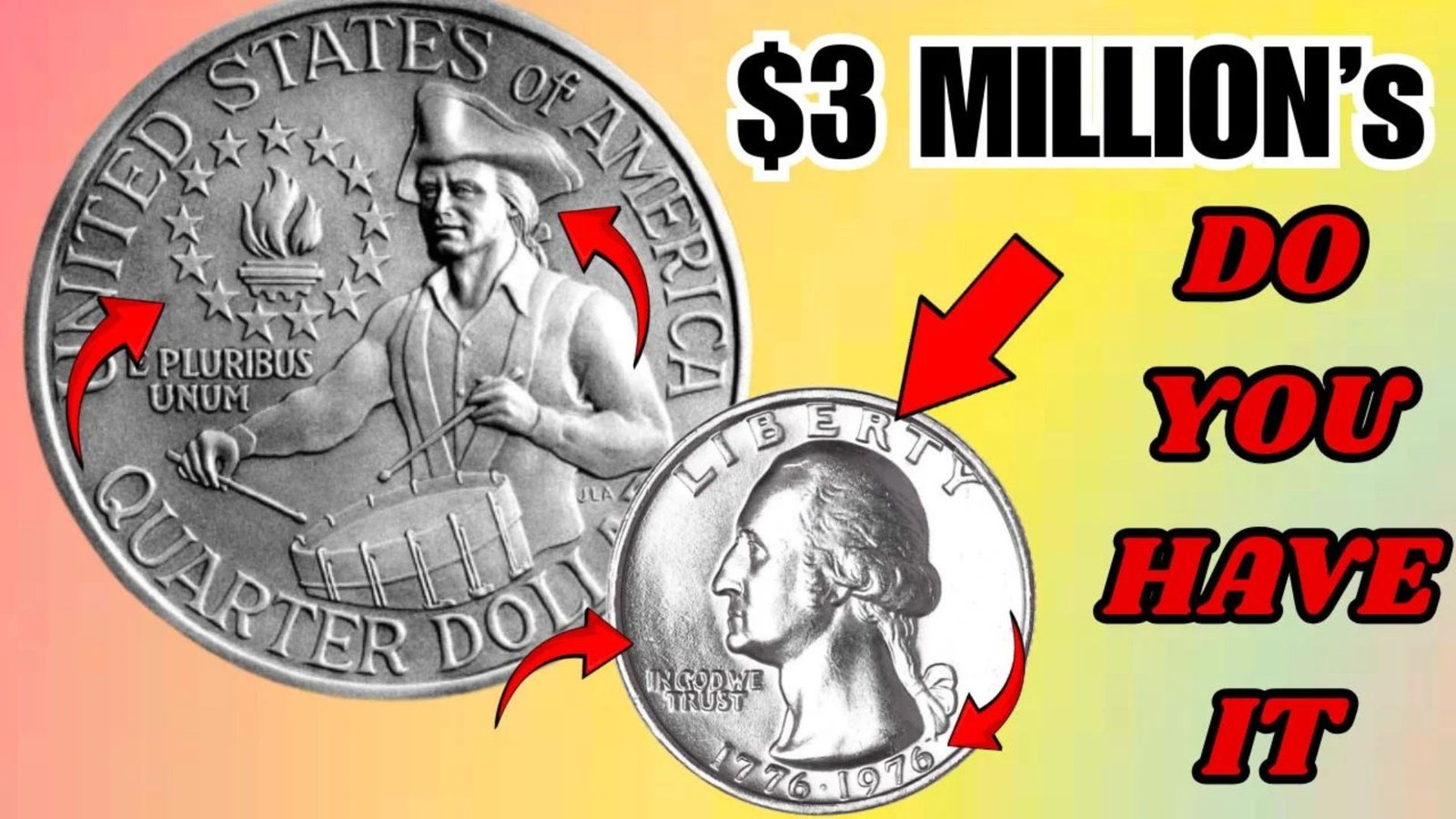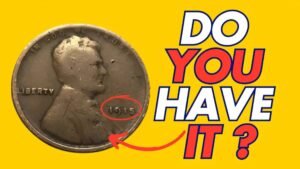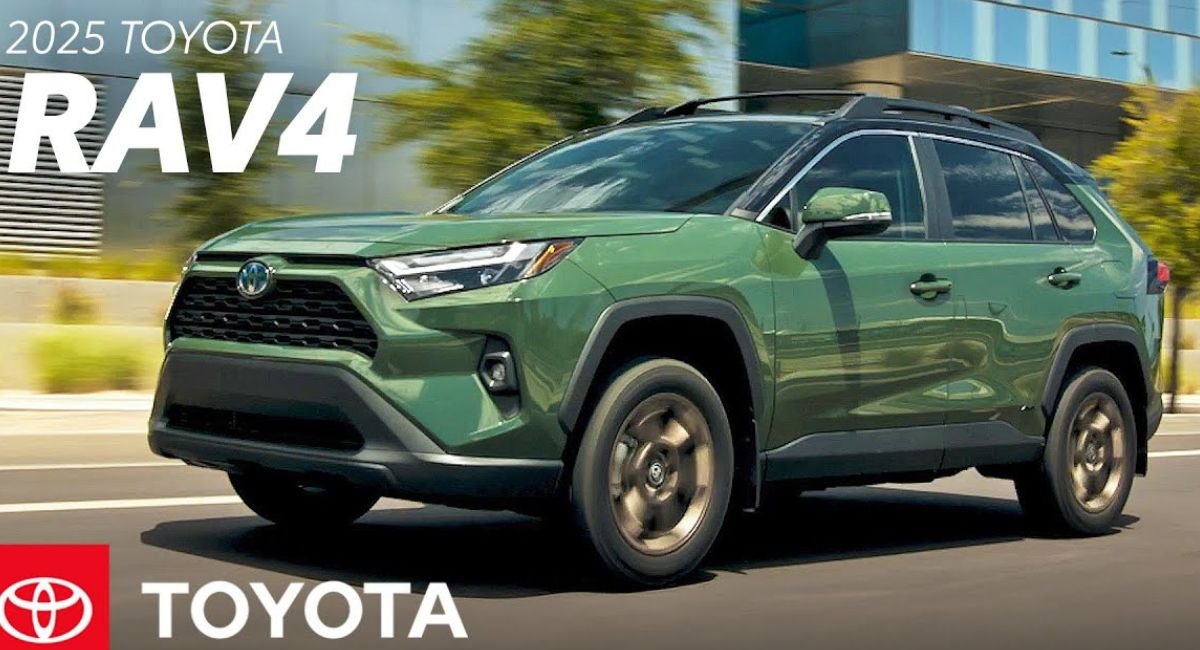The 1976 Bicentennial Quarter is a special coin made to celebrate America’s 200th birthday. While most of these quarters are worth just 25 cents, a few rare ones could make you rich—some are valued at up to $3 million! This article will guide you in simple words on how to spot these valuable coins, what makes them special, and how to check if you have one. Whether you’re a coin collector or just curious, keep reading to learn how to find this hidden treasure.
What Is the 1976 Bicentennial Quarter?
In 1976, the United States marked 200 years since the Declaration of Independence. To celebrate, the U.S. Mint created a unique quarter with a special design. Unlike regular quarters with an eagle on the back, this one has a colonial drummer and a torch with 13 stars, symbolizing the original 13 colonies. The front of the coin shows “1776-1976” to honor the bicentennial.
Millions of these coins were made, so most are common. However, a small number have rare features that make them worth a fortune. Let’s explore what to look for.
Why Are Some 1976 Quarters So Valuable?
Certain 1976 Bicentennial Quarters are worth millions because of rare mistakes or special traits from when they were made. These errors happened during the minting process, making some coins unique. Here are the key things that make a quarter valuable:
- Silver Content: Most quarters were made with copper and nickel, but some were accidentally struck on 40% silver blanks meant for special collector coins. These silver quarters are heavier and more valuable.
- Minting Errors: Some coins have mistakes like doubled letters, misaligned designs, or die cracks (small lines on the coin from a damaged minting tool).
- Condition: Coins in perfect or near-perfect condition (called “mint state” or “proof”) are worth more because they look brand new.
- Mint Marks: The letter on the coin showing where it was made (like “D” for Denver or “S” for San Francisco) can affect its value.
How to Spot a Rare 1976 Bicentennial Quarter
Finding a valuable 1976 quarter takes a sharp eye and some simple tools. Here’s how to check your coins:
Step 1: Look at the Design
The Bicentennial Quarter is easy to recognize:
- Front (Obverse): It has George Washington’s face with the dates “1776-1976.”
- Back (Reverse): It shows a colonial drummer, a torch, and 13 stars.
If your quarter doesn’t have these features, it’s not a Bicentennial Quarter.
Step 2: Check the Weight
Regular 1976 quarters are made of copper and nickel and weigh about 5.67 grams. Rare silver quarters, struck on 40% silver blanks, weigh around 6.25 grams. Use a small digital scale to check the weight. If it’s heavier than 5.67 grams, you might have a silver quarter.
Step 3: Look for Minting Errors
Use a magnifying glass to inspect the coin for these rare errors:
- Doubled Die: Letters or numbers may look blurry or doubled, especially around “1776-1976” or the drummer’s details.
- Off-Center Strike: The design is not centered properly, with part of it cut off.
- Die Cracks: Small lines or cracks on the coin’s surface, caused by a damaged minting die.
These errors are rare and can make the coin worth thousands or even millions.
Step 4: Check the Mint Mark
Look at the front of the coin, near Washington’s neck, for a small letter:
- No Mark: Made in Philadelphia, common but could still be valuable if it has errors.
- D: Made in Denver, also common but check for errors.
- S: Made in San Francisco, often a silver proof coin meant for collectors. These are more likely to be valuable.
Step 5: Examine the Condition
The coin’s condition is a big factor in its value. Coins in “mint state” (like new, no wear) or “proof” (specially made for collectors with a shiny finish) are worth more. Check for scratches, wear, or damage. A coin that looks untouched is more likely to be valuable.
Tools You’ll Need to Identify a Rare Quarter
To spot a rare 1976 Bicentennial Quarter, gather these tools:
- Magnifying Glass or Loupe: To see small details like doubled letters or die cracks.
- Digital Scale: To measure the coin’s weight accurately.
- Good Lighting: To inspect the coin clearly.
- Coin Guidebook: A book like the “Red Book” (A Guide Book of United States Coins) can help you understand values and errors.
Table: Key Features of a Rare 1976 Bicentennial Quarter
| Feature | Description | Why It Matters |
|---|---|---|
| Silver Content | Made on 40% silver blanks, weighs ~6.25 grams | Silver quarters are rare and valuable |
| Doubled Die Error | Blurry or doubled letters/numbers | A rare minting mistake that boosts value |
| Off-Center Strike | Design is misaligned, part of it cut off | Makes the coin unique and desirable |
| Die Cracks | Small lines on the coin’s surface | Indicates a minting flaw, increasing value |
| Mint Mark (S) | “S” mark indicates San Francisco, often silver proof coins | Proof coins are often worth more |
| Mint Condition | No wear, scratches, or damage | Perfect condition can mean higher value |
What to Do If You Find a Rare Quarter
If you think you have a rare 1976 Bicentennial Quarter, follow these steps:
- Don’t Clean the Coin: Cleaning can damage it and lower its value.
- Get It Appraised: Take it to a professional coin dealer or grading service like PCGS or NGC. They can confirm if it’s rare and estimate its value.
- Store It Safely: Keep the coin in a protective holder to avoid scratches or damage.
- Consider Selling: If it’s valuable, you can sell it through an auction house, coin dealer, or online marketplace specializing in coins.
FAQ: Common Questions About the 1976 Bicentennial Quarter
How much is a regular 1976 Bicentennial Quarter worth?
Most are worth only 25 cents, their face value, unless they have rare errors or are in perfect condition.
What makes a 1976 quarter worth $3 million?
A combination of rare errors (like doubled die or off-center strike), silver content, and perfect condition can make a quarter extremely valuable.
Where can I get my coin appraised?
Visit a reputable coin dealer or send it to a grading service like PCGS (Professional Coin Grading Service) or NGC (Numismatic Guaranty Corporation).
Can I find a rare quarter in pocket change?
Yes, it’s possible! Some rare quarters are still in circulation, so check your change carefully.
Are all “S” mint mark quarters valuable?
Not all, but “S” quarters are often silver proof coins, which are more likely to be valuable, especially if they have errors or are in mint condition.
Conclusion
The 1976 Bicentennial Quarter is more than just a piece of change—it could be a ticket to millions if you find a rare one. By checking the weight, looking for minting errors, and examining the condition, you can spot a valuable quarter. Use a magnifying glass, a digital scale, and good lighting to inspect your coins carefully. If you think you’ve found a treasure, get it appraised by a professional to confirm its value. Start searching your pocket change, old coin collections, or even your couch cushions—you might just find a rare 1976 Bicentennial Quarter worth up to $3 million!











